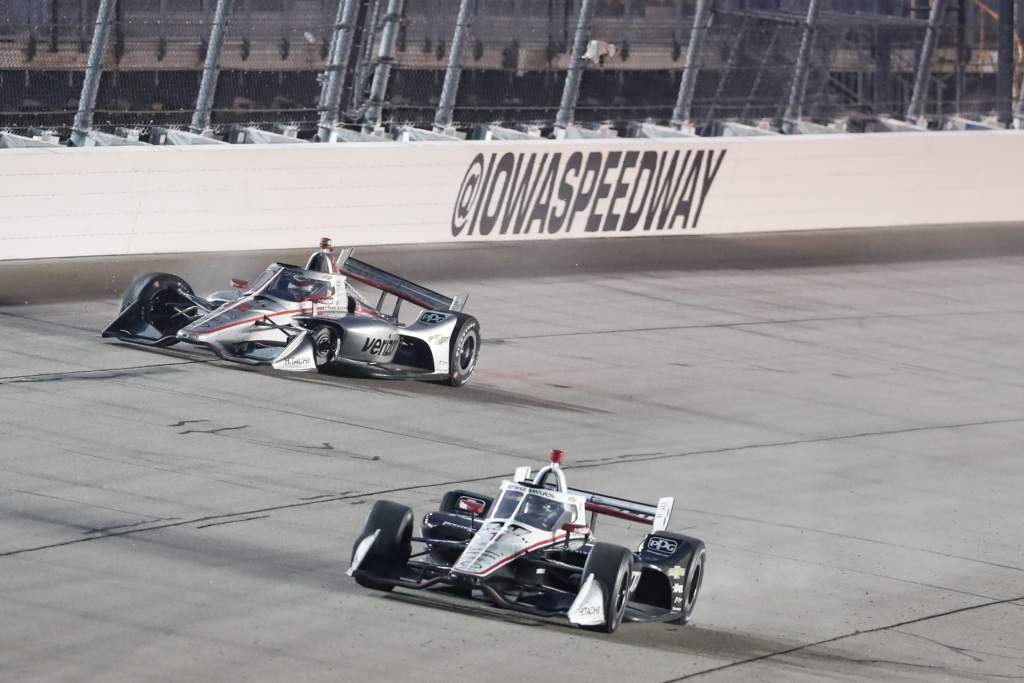Not winning either of the championship or Indianapolis 500 in the same year might not feel like such a big thing given the competitiveness of the IndyCar Series.
But when you’ve won over 20 titles and 18 Indy 500s like Team Penske has, and win neither in a season for the first time since 2013, it starts to feel like the walls are caving in.
The year certainly wasn’t as bad as the seven-year tag makes it sound.
Josef Newgarden only narrowly missed out on the title last year and there’s no doubt in anyone’s minds that he’ll be there or thereabouts this year again.
Last season he was hit with just a bit too much bad luck – like the yellow flags in the first Indy road course race and mechanical problem causing stalls at Road America. The Indy 500 was a bit part of the defeat as well, but we’ll come to that later.
On reflecting on the season last year, Newgarden said he was “torn” about how it had turned out and said that “I don’t think I would change one thing that we did”.
However, it looks like Newgarden has found another factor in his defeat.
Last year, with reduced testing, the impact of the pandemic on working in the race shop and more condensed weekends meant drivers were turning up often relying on a “guessing game” in the words of eventual champion Scott Dixon, that the car arrived close to its optimum and requires no or few changes.
If it does, you don’t have time to make wholesale changes in a condensed race weekend.
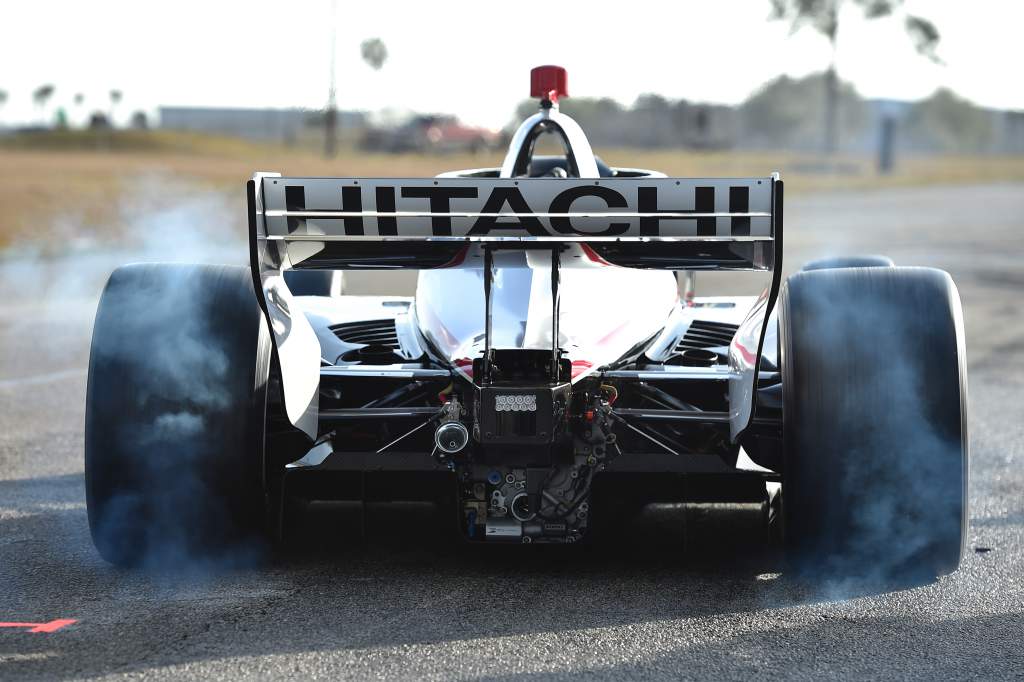
The Race probed Newgarden on whether the aforementioned conditions benefited the bigger teams with more resources or actually worked against them because they had less time to make a good car better.
“You could argue we should have an easier time because there’s less track time, less time to figure things out when you show up to the weekend,” said Newgarden. “The big teams, more resource, they should show up more prepared.
“I actually look at it the opposite way. I feel like where our strength is, when we show up on a race weekend, we have two days to work through it, we’re so good at figuring out how to fix all the problems we need to fix by qualifying time Saturday afternoon, then race time on Sunday, that’s where we really shined in the past.
“Especially when you have three or four cars [in the team] that are all strong.
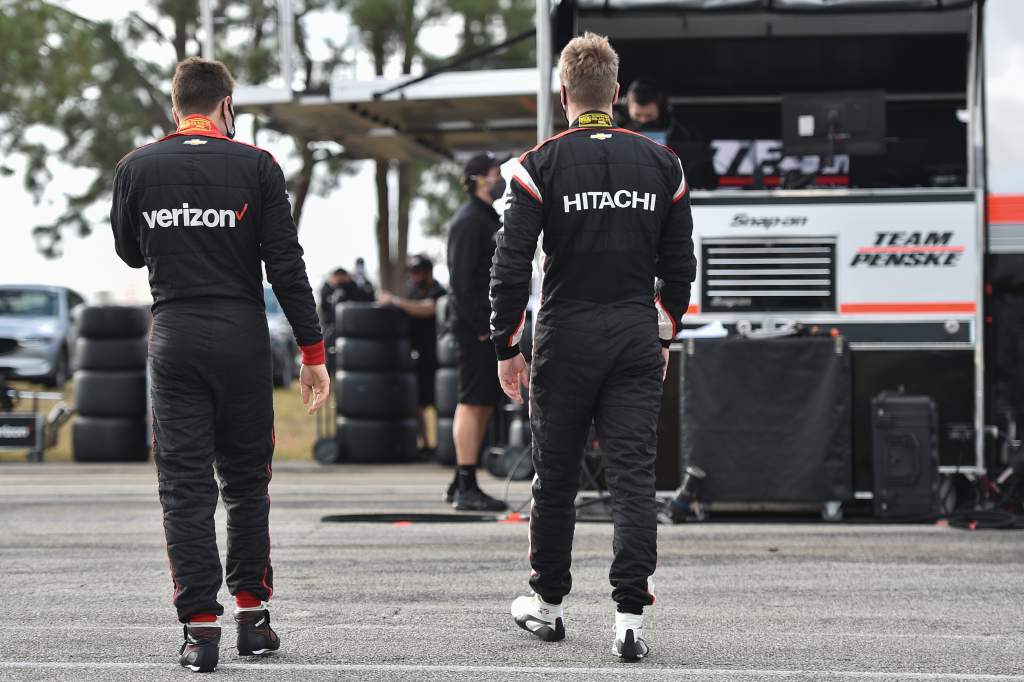
“This year we’re going to have all strong drivers, engineers. That’s where we shine, is when we have enough testing time to sort it out on a weekend.
“I think last year we struggled a little bit with the shortened sessions.
“We were not always prepared. And not unprepared in that we weren’t doing our job, we just didn’t forecast correctly what we needed some of the time showing up to these tracks.
“When you don’t do that, you don’t have a lot of time to figure it out. If you don’t have the time, you might not get there on race day.
“I think that is the new challenge with the pandemic. How do we work better in simulation, how do we show up more often with exactly what we need right away?
“We just know we don’t have the time to fix it across a race weekend. Pretty much how you roll off is going to dictate a lot of how your weekend goes.
“We’ve been working a tremendous amount figuring out how to be better right off the truck so we don’t have to play catch-up like we did last year.”
For Newgarden, “figuring out how to be better right off the truck” as he puts it has been one focus, but another all four Penske drivers have been working towards is the Indy 500. It’s the event Roger Penske always wants to win, presumably even more now that he owns the speedway!
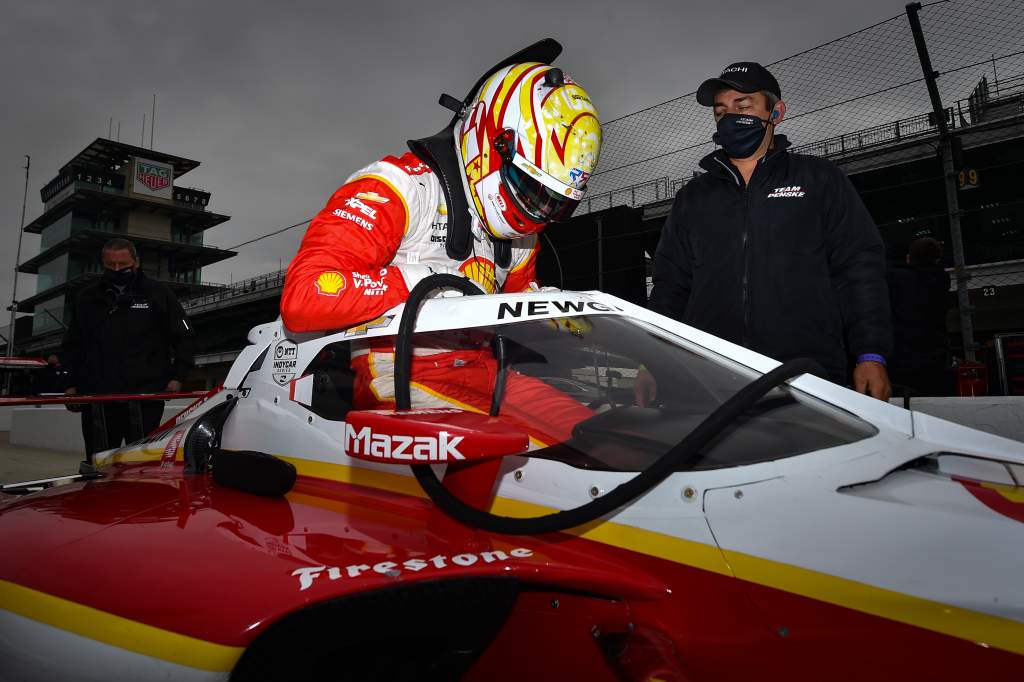
Last year Penske was one of the Chevrolet teams that struggled in qualifying and latterly the race, although its top qualifier Newgarden turned 13th into fifth on race day.
You might think previous winners Simon Pagenaud (2019) and Will Power (2014) would be the spearheads – however, Newgarden was the team’s only driver who genuinely looked in contention and actually exited the final pitstop ahead of eventual winner Takuma Sato, but failed to work his way forwards.
So you might be surprised to hear him say “Indy was probably one of our worst tracks” when he turned 13th into fifth. But Dixon scored second and because of double points and a better qualifying for Dixon, the 500 turned out to be vital in the championship hunt for points.
That – coupled with the fact that the 500 is the only thing missing off Newgarden’s CV and he’s constantly harangued about it – is why he’s so focused on the 500 this year.
You may also remember that long-term Red Bull engineer and aerodynamics Gavin Ward – now Newgarden’s engineer – is keen to go for the triple crown as an engineer and he’s well motivated to get a dub on the board.
For Pagenaud and Power – obviously both want to do well in the 500 – but as previous winners there’s less pressure.
On that event anyway.
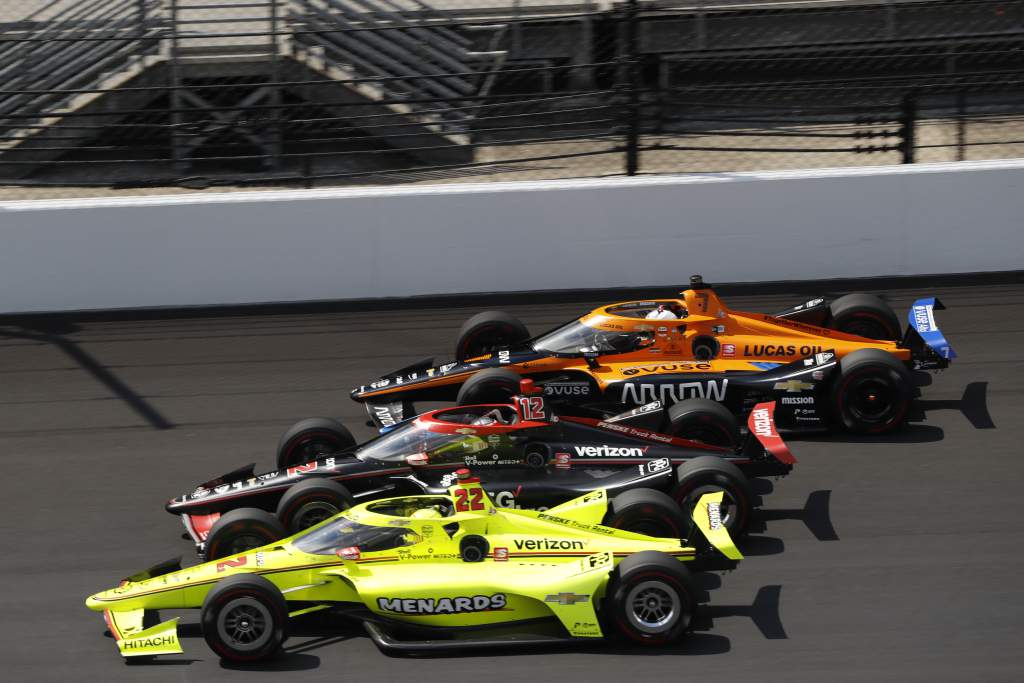
There’s the crushing weight of expectation on both of them to turn things around this season compared to the one prior.
Pagenaud was a big loss for Newgarden in the title fight as he limped to eighth in the standings. Actually, it was a brilliant eighth in many ways as he struggled with the car so much. The understeer induced from the aeroscreen was a nail in the coffin of Pagenaud’s season.
“My opinion is that when I’m going to get the car the way I want, I’m going to crush it. That’s how I look at it,” Pagenaud told The Race in one of its most frank IndyCar interviews last year.
We’re often heralding drivers that can drive around problems but that approach can mean that a car never reaches its optimum window, whereas someone demanding car changes as opposed to merely driving around them could extract more and provide a massive reward for Pagenaud. It’s a risky approach in terms of costing results – see 2020 – but the end product could well be…”crushing”.
So, how is Pagenaud feeling now, six months later and with most of his testing under his belt?
“Well, I’ve been grinding, let me tell you,” he said during IndyCar’s pre-season content day.
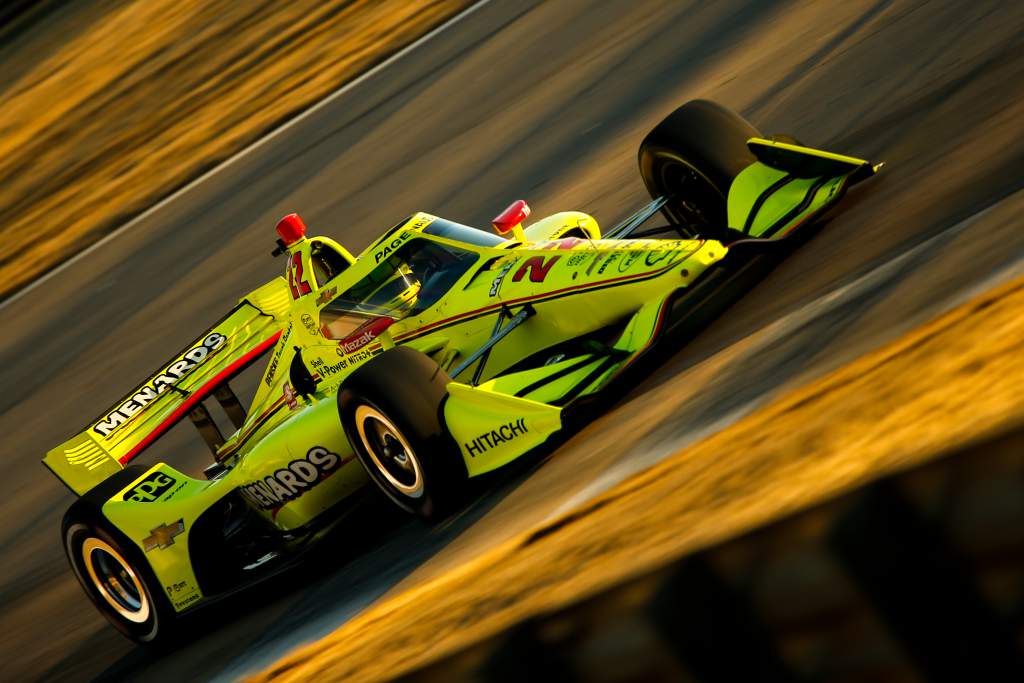
“It’s been a very interesting winter. I’ve worked on more details than I’ve ever worked before, which is great. And with more and more data, technology, you can really dig deep and just perfect your craft even better than in the past.
“I’ve been working hard, and I’m ready for the challenge.”
It’s good that he’s ready, because he needs to be.
Word on the street is that Pagenaud is out of contract at Penske following this season, and while Pagenaud wouldn’t confirm his situation, Will Power happily admitted he’s in the last year of his deal.
Penske is the only team starting the 2021 season with three winners in its line-up from the previous year, but Power was every bit as inconsistent as Pagenaud last year and has been for some time now. It begins with poor starts to the season, which he is focused on rectifying when the season starts at Barber on April 18.
Asked if he felt this year was about rebounding, Power said: “It actually does feel a little bit that way, you know, considering we’ve started the last four seasons in a really bad way.
“It certainly isn’t speed that’s the issue. It’s our bad days are just too bad.
“Our bad days are DNFs and multiple laps down. They’re not like a 10th place or a seventh place, and that’s our problem. The speed is certainly not. Winning is certainly not.
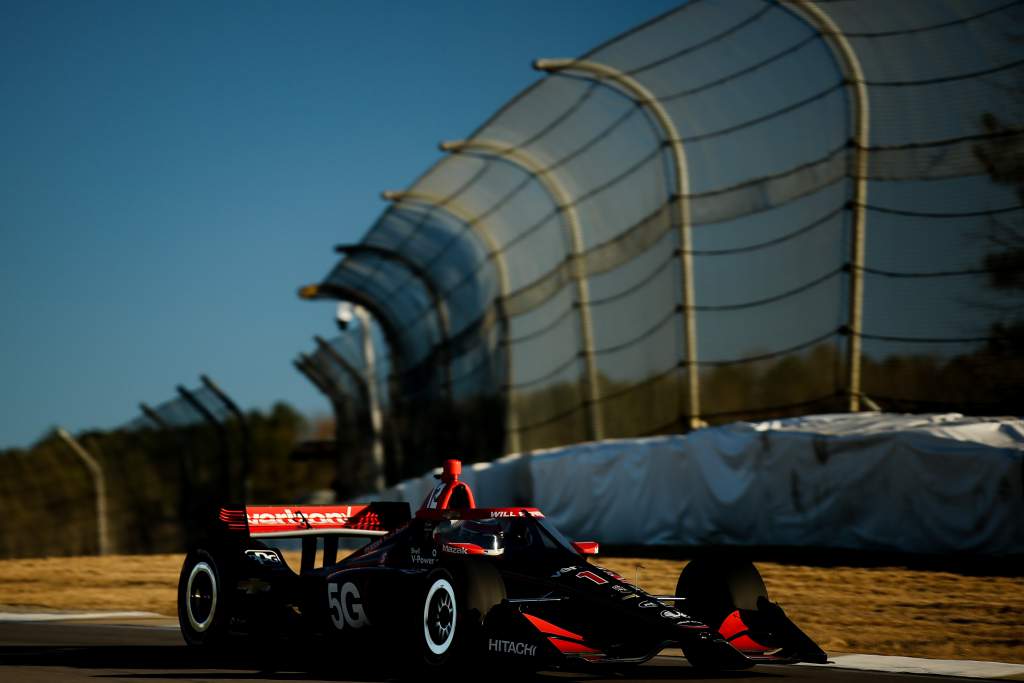
“Consistently, whether it’s mistakes on pit lane or mistakes by me, you just – we have to have a solid beginning to the season – I mean, you’ve just got to have a solid season, and that obviously includes the beginning.
“I said it last year, it’s a huge focus, and that did not happen for us. This year, again, if we can just have a solid first few races, I think it gives the team confidence and myself confidence.”
Power was breathtaking at times in 2020, and there’s few drivers you have more faith in scoring a pole. Indeed, he bagged five poles and two wins last year, but he’s described better than I can where the weaknesses are. A bad day for a champ like Newgarden or Dixon is a 12th once or twice a season. Power was out of the top 12 six times in 14 races last year.
So for Power and Pagenaud, both face key weaknesses to fix and 2021 might decide their Penske IndyCar future – even if both look likely to continue with the team where we sit in March, 2021.
And what of the fourth driver? Yes, Penske rarely expands to four cars but treble Australian Supercars champion Scott McLaughlin is aboard for 2021.
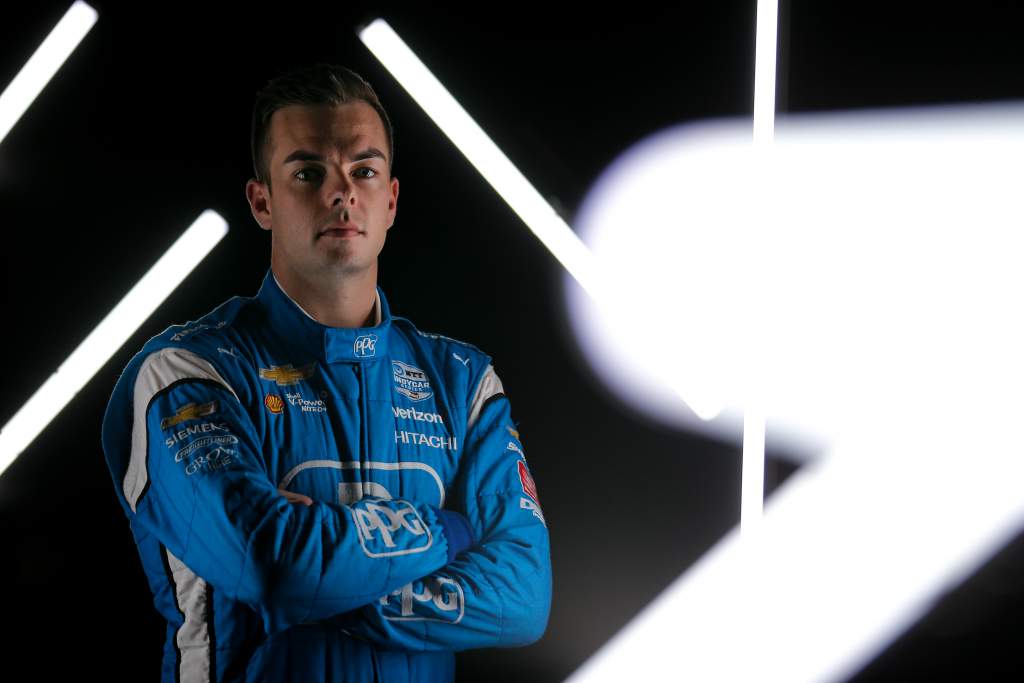
His debut at the final race of the 2020 season was nothing spectacular and he’s cautioned that learning the red-walled soft tyre and continuing his adapting to an open-wheel car is going to be the focus early this year.
So that means he’s going to be happy with regularly being beaten by his team-mates then?
“My competitive instincts, probably not going to be okay with it,” laughs McLaughlin. “I’m very competitive, but I’m realistic at the same time. I’ve got a lot to learn.
“Yeah, I’d love to try and beat them a few times throughout the season. I’m not putting off that I can’t.
“I think if I feel the car and work with my engineer well enough and get better and better, there’s no reason why we can’t be at the same pace as those guys, if not better…”
Taking St Pete and his relative lack of single-seater experience under his belt, that looks like an unbelievable suggestion from McLaughlin from the outside. But the inside view is actually more in his favour.
Newgarden’s been impressed, Power has marked him out as a future champion, but Pagenaud has been the most emphatic. And maybe his is the most important view as a sometime Australian Supercars starter, too!
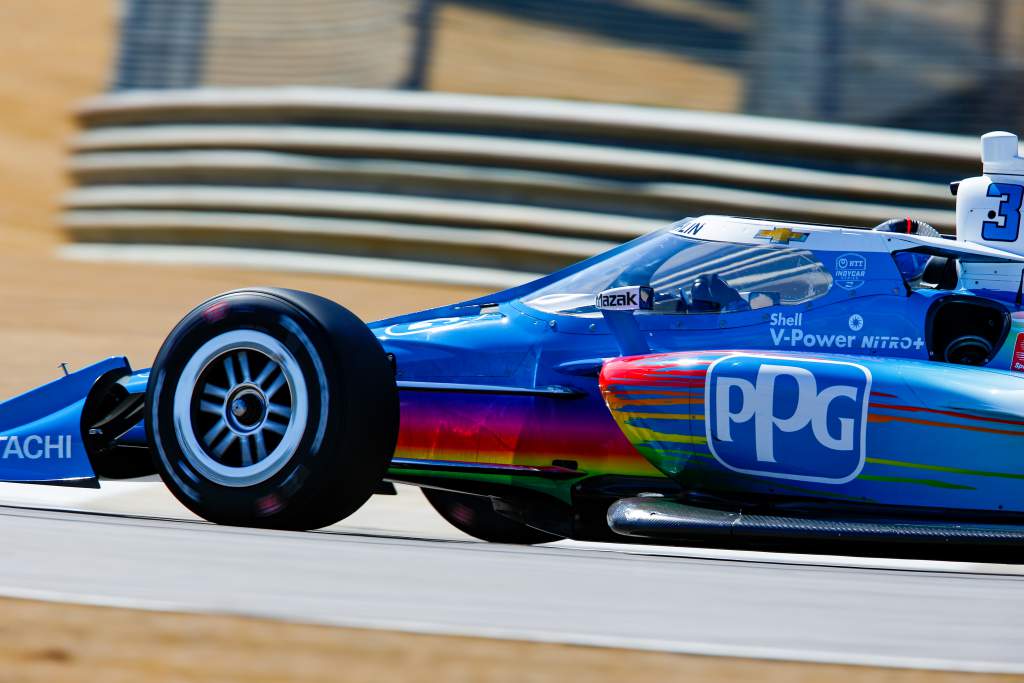
“First of all, he’s going to win a race. I guarantee it,” says Pagenaud.
“He’s going to win at least a race this year. He’s a phenomenal driver. He’s got a great drive, and really good feedback, as well. I’ve really liked him coming on board.
“It’s four drivers now. It’s a good number working together. It helps having him, having his engineer and everybody that was added from the sports car program.
“I think the IndyCar program got a lot stronger suddenly because of that. Really excited about having him on the team.
“I’ll tell you what, he’s going to be tough to beat in the future. He’s going to be a champion. He’s being tempered because he has to be. But I’ll tell you what, on the other side, seeing what he can do, expect great things.”
You can temper Pagenaud’s view against the fact that often drivers are unhappy when expanding cars as it means that bit less focus on their part of the team and spreading personnel thin. Of course that’s countered by the extra data the team can get under its belt from an additional ride.
But Pagenaud – as you’ve read – is excited both about McLaughlin’s impact on the team and having a fourth car onboard.
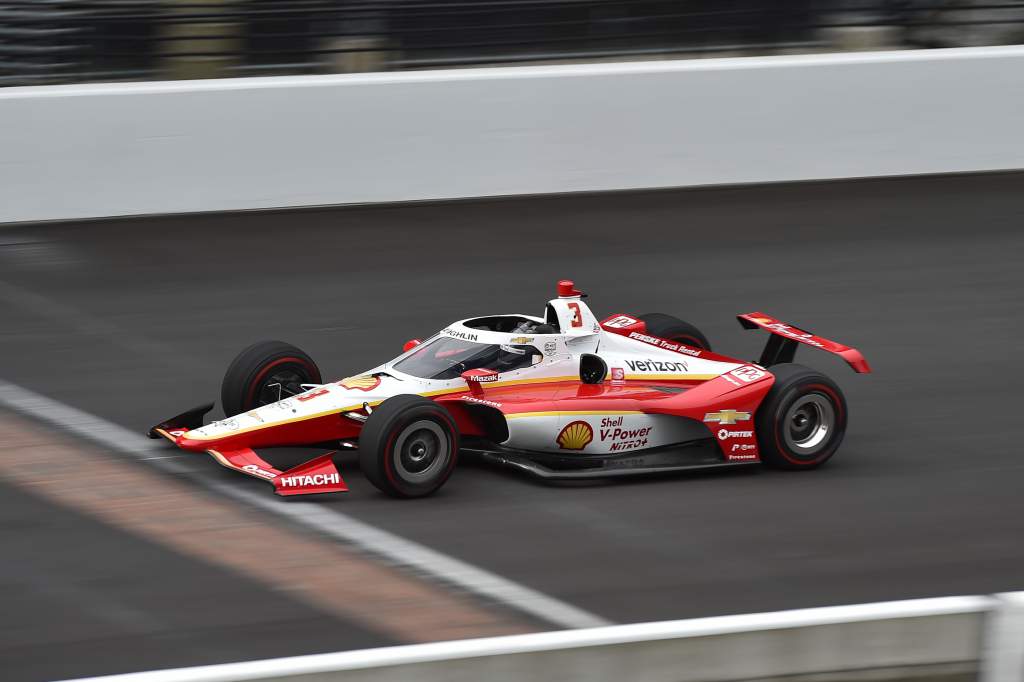
It’s really hard to look past Penske as a winning force this year. Ganassi has also added a fourth car, and an Extreme E and IMSA prototype programme too, which will be something important to watch in how that impacts performance as the season unfolds.
Even if Power and Pagenaud struggle, they’re unlikely to be worse off than where they finished last year (fifth and eighth respectively). A bit better and they’ll steal more points of Newgarden’s rivals, which could be vital.
The last uncertainty is the Indianapolis 500, where anticipated changes to the front wing and front of the floor could have a massive or no impact whatsoever. It’s most likely the former though and Newgarden’s picked it out as a key aspect.
“We tried to learn where we were deficient last year, but now we also need to figure out where we need to be better in the future with the new aero parts,” he said.
“Quite a bit of difference with not only the front wing but the underside build of the car aerodynamically. There’s going to be some new elements. The car is going to drive different.
“We need to be better all around.”
Even if Penske is just a tiny bit better all around, it’s unlikely to replicate a barren 2020, at least by its own dominant standards.


